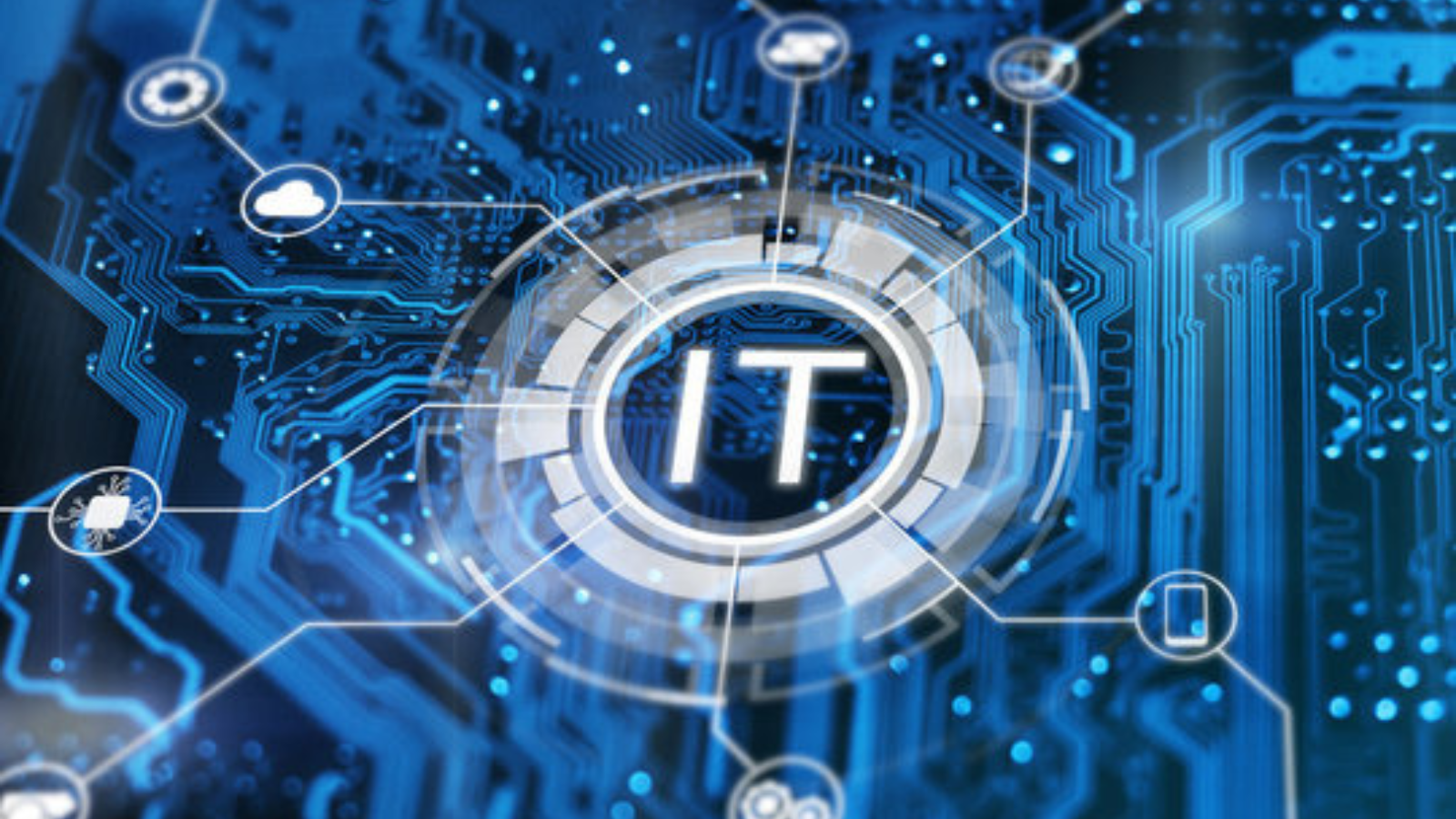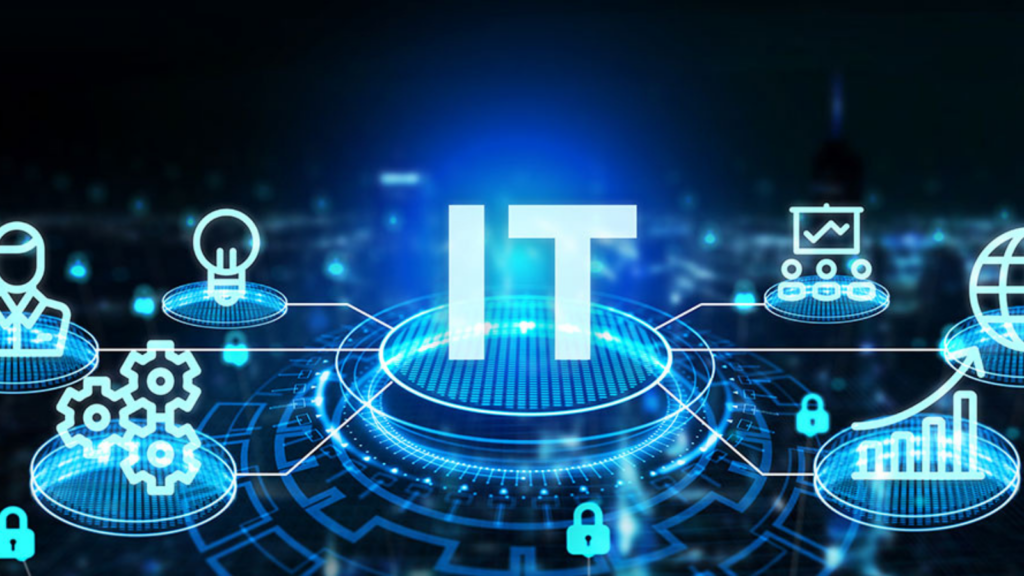In the digital age, Information Technology (IT) has become the backbone of almost every aspect of our lives. It’s the silent engine powering the world, from the smallest smartphone apps to the largest data centers. But what exactly does IT entail, and why is it so critical in today’s world?
This article aims to demystify the complex world of IT, breaking it down into understandable, bite-sized pieces. Whether you’re a seasoned professional looking to brush up on the basics, or a curious newcomer eager to understand, you’ll find this introduction to IT both informative and engaging. Join us as we explore the fascinating world of Information Technology, and discover how it’s shaping our present and future.
Introduction to Information Technology

Introduction to Information Technology marks the use of systems, specifically computers and software, to manage and process information. Indispensably, it plays a huge role in the efficient operation and management of various organizations. These organizations, spanning across different sectors such as business, education, health, and many more, deploy IT to handle vast amounts of information. For instance, businesses use Information Systems for handling customer data, managing logistics, or even conducting market analysis. Additionally, education institutions employ IT for record-management, e-learning platforms, and research capabilities. As a critical element, understanding its structure, functionality, and application equips individuals with necessary skills and knowledge to navigate today’s digitally advanced landscape.
Basic Components of Information Technology
Information Technology (IT) comprises various fundamental components. Each of these elements contributes significantly to creating efficient, responsive, and versatile IT systems that revolutionize numerous sectors from business to education. These basic components include hardware, software, data, procedures, and people.
Different Fields within Information Technology
Diving deeper into IT, it becomes apparent that it spans across several specialized fields. These areas, conceived under the vast IT umbrella, involve varying tasks and require discrete sets of expertise. The complexity and expansive reach of IT have given rise to fields like Software Development, Cybersecurity, Network Administration, Data Analysis, and Artificial Intelligence. Such expansive differentiation does not just reflect the broad applicability of IT, but also its intricate depth.
Information Technology’s Impact in Various Sectors

Information Technology (IT) demonstrates vast, impactful influences across diverse sectors. Businesses profit from refined operations and strategic decision-making, gained through advanced data analysis capabilities. Within education, it’s a vital tool, expanding resources and boosting research capabilities. Healthcare experiences substantial progress, using IT for advanced patient care solutions. From finance to environmental sciences, sectors broadly exploit IT’s potential, transforming traditional methods into modern, tech-driven operations.
Emerging trends shape the realm of Information Technology (IT), influencing an array of societal sectors. Artificial Intelligence, Machine Learning, and Internet-of-Things dominate as top technology trends, each promising substantial impacts. They offer potential advancements in healthcare, finance, environmental sciences, and more, pushing borders of traditional operations further. Further exploration aids in understanding the limitless potential IT harbors, transforming the future with its dynamic, innovative capabilities.
All You Need to Know
As we’ve explored the introduction to Information Technology isn’t just about computers or software. It’s a dynamic field that’s shaping our world in profound ways. From business to healthcare, education to environmental sciences, IT’s influence is broad and transformative. Its power lies not just in modernizing traditional methods, but in pushing the boundaries of what’s possible. As we look to the future, emerging trends like Artificial Intelligence, Machine Learning, and the Internet-of-Things promise to continue this trend. They’re set to have substantial impacts across sectors, further highlighting IT’s innovative capabilities. So, whether you’re a student, a professional, or simply an interested observer, it’s clear that understanding IT is crucial in today’s digital age. As we’ve seen, IT isn’t just a field of study, it’s a lens through which we can view and shape the future.
